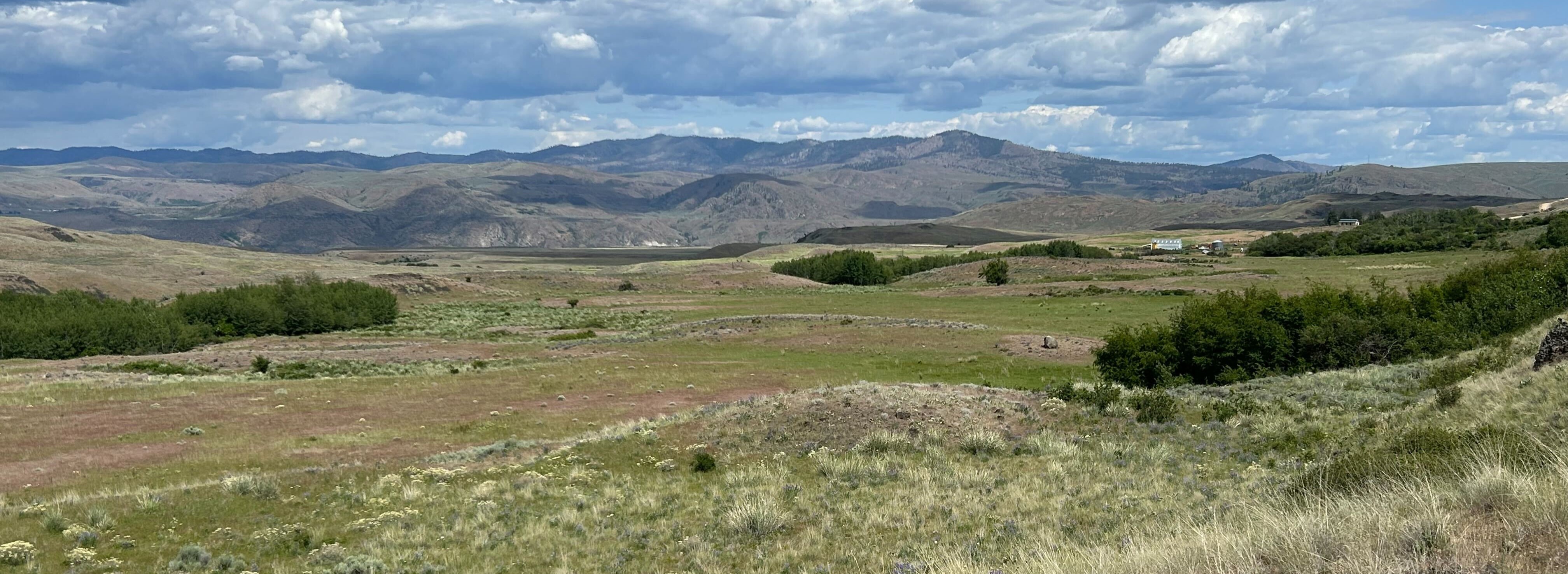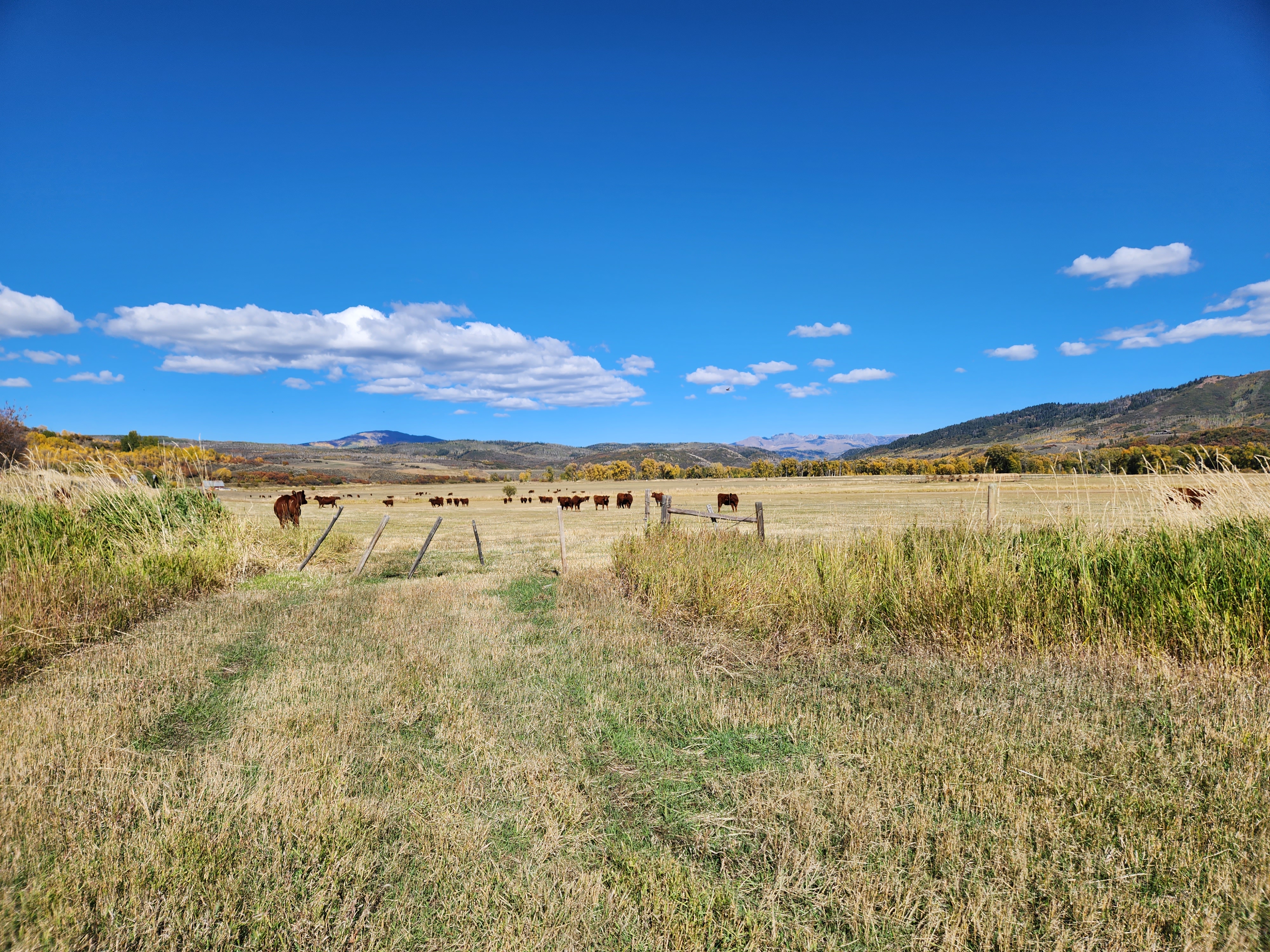What Are Carbon Markets?
Carbon markets were developed to put a price on pollution. For decades, polluting land, water, and air has often been treated as “free,” but environmental degradation is a cost we all share.
Greenhouse gases (GHGs)—including carbon dioxide (CO₂), methane (CH₄), nitrous oxide (N₂O), and fluorinated gases—trap heat in the atmosphere and contribute to global climate change. Carbon dioxide emissions from human activities are one of the primary drivers of increased atmospheric GHG levels.
Reducing emissions and removing carbon from the atmosphere are now seen as two essential strategies to help mitigate the effects of climate change—and carbon markets play a critical role in achieving this goal.
Types of Carbon Markets
There are two main types of carbon markets: compliance and voluntary:
1) Compliance Carbon Markets
Compliance carbon markets are run by governments and are tied to legally binding emissions reduction goals. Governments set a cap on the total emissions allowed for certain industries or companies. This cap is gradually reduced over time to lower overall emissions.
Large emitters, like energy producers or manufacturers, must purchase allowances through government auctions. These allowances give them the right to emit a certain amount of CO₂. Companies can meet their emissions targets by:
- Buying allowances
- Reducing their emissions
- Purchasing carbon credits from others who have reduced emissions
This market-driven approach allows businesses to determine the most cost-effective way to comply.
2) Voluntary Carbon Markets
The voluntary carbon market, where Agoro Carbon Alliance operates, allows companies and organizations to purchase carbon credits voluntarily to offset their unavoidable emissions. Participation is optional, but many companies engage in voluntary markets to meet Environmental, Social, and Governance (ESG) goals, reduce risk, or align with their values.
These credits are often sourced from projects like reforestation, renewable energy, or improved land-use practices, including those in agriculture.
For example, a company like Amazon might buy credits generated by a reforestation project to offset emissions from their global operations.


Why Do Carbon Markets Matter?
Carbon markets help solve a fairness issue: freeriding. Large emitters often profit from activities that pollute the environment, while society bears the cost of the pollution. By placing a financial value on emissions, carbon markets incentivize pollution reduction and help level the playing field.
Importantly, they also create new opportunities for industries like agriculture to benefit financially by contributing to climate solutions.
Why Should Farmers and Ranchers Care?
New Revenue Stream – Not New Regulation
For farmers and ranchers, carbon markets represent a new revenue stream, not additional regulation. The U.S. government only regulates the largest emitters—those releasing more than 25,000 metric tons of CO₂ annually. Individual farm and ranch operations are too small to fall under these regulatory programs.
Instead, producers can voluntarily participate in carbon markets to earn carbon credits by adopting conservation practices that reduce emissions or capture carbon in the soil.
Generating Carbon Credits
Agricultural land can serve as both a source and a sink for carbon. By adopting sustainable practices such as:
- Cover cropping
- Reducing tillage
- Implementing rotational grazing
- Introducing conservation cropping systems
…farmers and ranchers can generate measurable carbon credits, which can then be sold to companies seeking to offset their emissions.
American Agricultural Carbon Sequestration
With approximately 1 billion acres of farmland in the U.S., and an estimated potential of sequestering half a ton of CO₂ per acre each year, the market potential could reach 500 million tonnes of CO₂ annually.
Want to know your farm’s carbon potential? Use Agoro Carbon Alliance’s free carbon calculator to estimate your impact.
Additional Benefits: Improved Water Quality and Soil Health
Beyond carbon revenue, conservation practices have added environmental benefits:
- Erosion Control: Practices like no-till and cover cropping improve soil structure, allowing water to infiltrate rather than wash away topsoil.
- Reduced Runoff: Living roots and plant cover slow rainfall impact, reducing the likelihood of fertilizers and pesticides entering waterways.
- Healthier Communities: Cleaner water benefits not only your land but also surrounding communities, creating long-term environmental and financial value.
Carbon Markets Boost Farm & Ranch Income
- Carbon Revenue
Farmers and ranchers can receive payments for quantified, verified carbon reductions or removals by adopting conservation practices. - Productivity Gains
These practices often result in improved soil health, reduced fuel use, and long-term savings on inputs such as fertilizer. Over time, lower operating costs can boost profitability while simultaneously supporting climate goals.
Carbon markets present a unique, voluntary opportunity for U.S. farmers and ranchers to diversify income, improve land stewardship, and participate in meaningful climate solutions. For companies looking to buy into the carbon market, we encourage buyers to turn to American agriculture and support the regenerative land practices farmers and ranchers are implementing.



